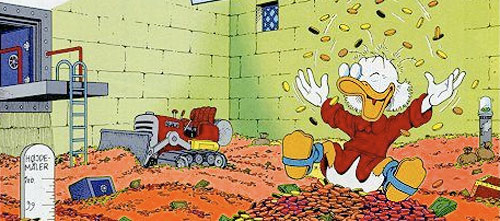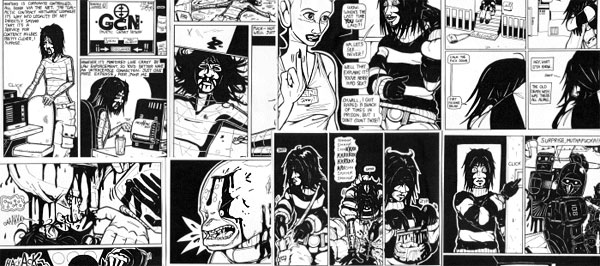
One of the great things about publishing independently is that you get to make all sorts of decisions about your work on the fly. Some of the most important decisions are financial, and they’re tough. One of the biggest financial decisions you can make is how much to charge. Kenneth Hite once said that Vincent hadn’t printed a price on Dogs in the Vineyard because “money is evil”. Really, it’s so V could change the price whenever he wanted to, since he didn’t know what was going to be a sustainable price. It’s hard to figure out.
Shock: has been $23 up until recently. This is partly because I wanted to make back my investment in a certain amount of time, and to do that I needed a certain number of sales at a certain dollar point. I also don’t like to make prices that end on a $5 mark* — $20 or $25 for instance — because then the price is compared to another product on a dollar-by-dollar basis, as some sort of information commodity, which it isn’t. The Dollar:Fun ratio is hard to pin down. Is Shock: expected to be 1/3 as fun as D&D because it costs 1/3 as much? Or is it unexpectedly three times as much fun, and I should be charging $60 a book? That just doesn’t make sense. The only measure that is worth anything is What The Market Will Bear.
I like bears. Sometimes, they’re not funny. But this one is. Because determining what the market will bear is hard to do in and of itself. Not only will different people pay different amounts for things depending on how much they want it, but your ability as a publisher to determine price point is determined by a number of factors outside of your control: the cut taken from various middlemen, changes in the price of paper, changes in the prices of shipping, and so forth. Then, of course, publicity changes how much people want the product in the first place.
So I’m doing an experiment: I just got a great deal on the next print run of Shock: and I’ve reduced the price to $19. The retail price is going down by more than the price break warrants by itself, but the price break softens the blow some because I wanted to try a lower retail price point anyway, and this means that I can take the same per-unit blow I was going to before, while charging an even lower price. I am hopeful that sales will increase by at least the same percentage as the price break, netting me a greater satisfied audience. If sales increase by more than the price break, then super-awesome: I’m making more money and more people are enjoying the game.
Shock: is available now for $19 from both the Shock: page and Indie Press Revolution.
*Thanks to Ben Lehman for this idea. Who accidentally made a price point at $23 when he started selling Polaris.








